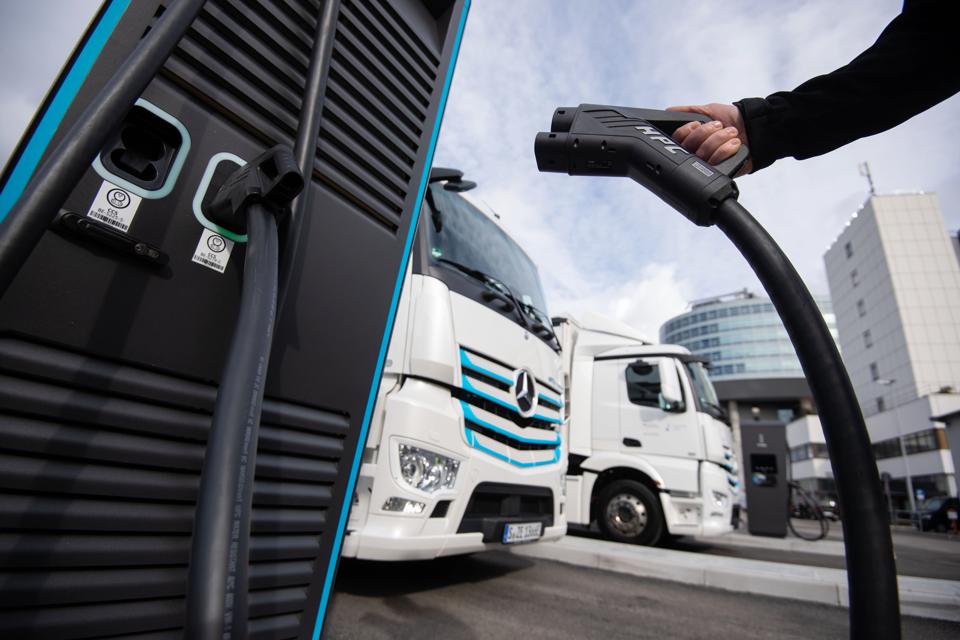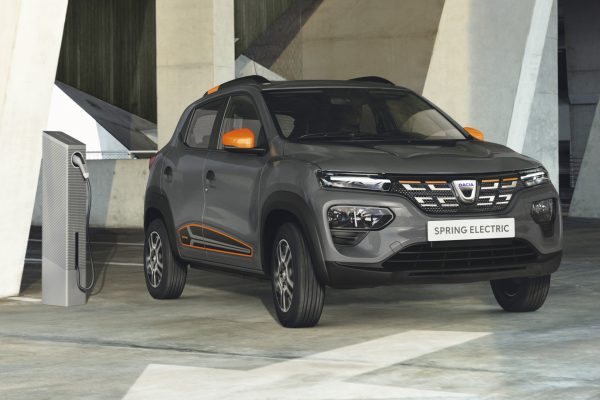The Association of European Automobile Manufacturers – ACEA has adopted a position paper committing to making road freight carbon neutral by 2050. Members of the organization reiterated that it focuses on low-emission vehicles and, in especially those with zero emissions, in which case their number and autonomy will have to increase rapidly in the coming years.
However, ACEA warns that the essential infrastructure for recharging “green” trucks is almost non-existent. In this context, the association considers that the revision of the Alternative Fuel Infrastructure Directive (AFID) is a crucial opportunity to set specific and binding targets at European level for Member States for low and zero emission heavy vehicles.
“AFID needs to be revised to take into account the requirements of heavy vehicles and to facilitate the rapid launch of a dense network of recharging and refueling in all European Member States. It should set a target of 10,000-15,000 public charging points by 2025 and 40,000-50,000 charging points by 2030. In addition, truck parking along highways should be set for 2030, a target of at least 40,000 low power charging points (100 kW) “, shows ACEA.
The organization is of the opinion that, in order to ensure that the required number of recharging points is available by 2025 and 2030 in all EU Member States, binding targets should be set for each Member State in accordance with the proposed methodology.
Thus, for Romania, the association considers that 10 charging points would be needed by 2025 and 50 charging points by 2030.
On the other hand, ACEA also proposes to set a target of approximately 300 hydrogen refueling stations for trucks by 2025 and at least 1,000 charging points by 2030. ”By 2030, one hydrogen refueling point would must be available every 200 km in the central TEN – T network “, underlines the association, which considers that a hydrogen filling station for a truck should have a minimum daily capacity of at least six tons of H2, with at least two distributors per station.




